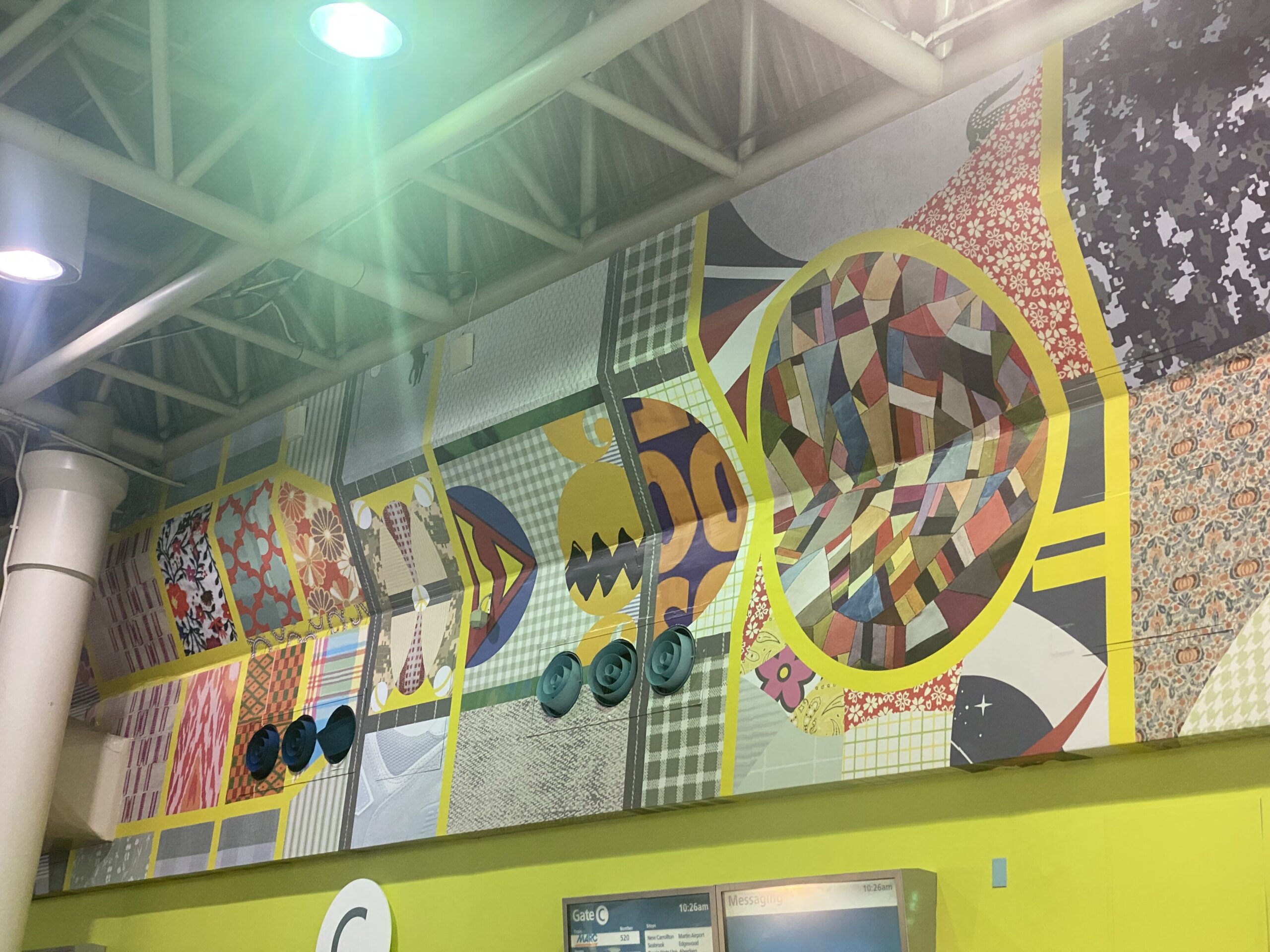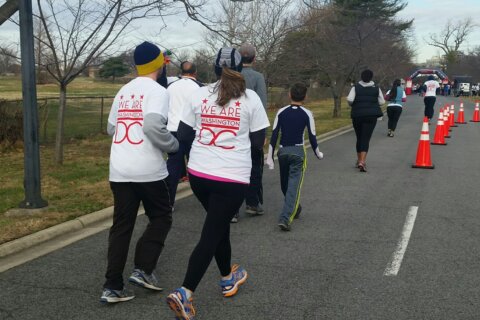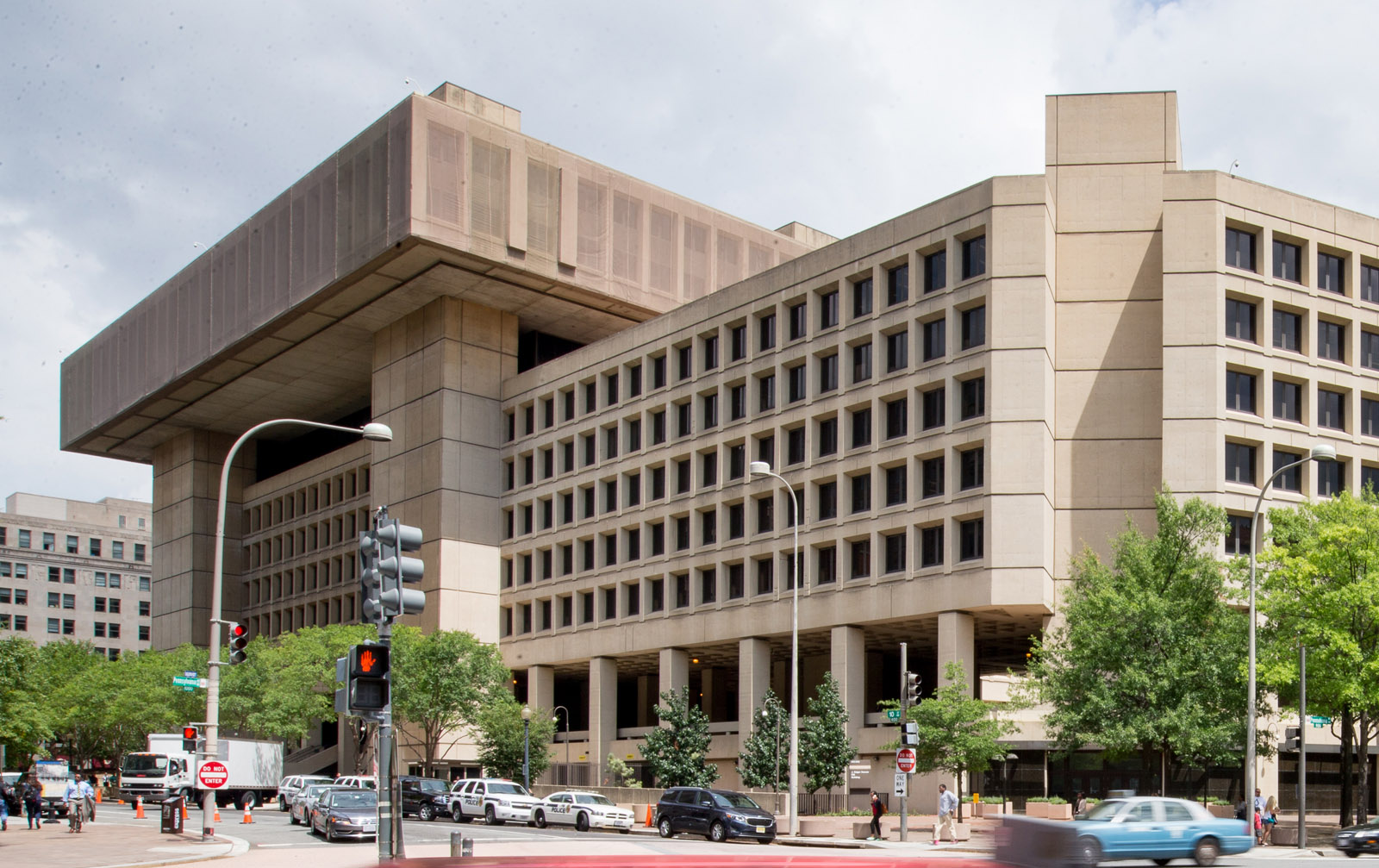
Before you hop on your next train at D.C.’s Union Station, be sure to get lost in the newest artwork installed above the gates.
You’ll see a blue print of the National Mall — but instead of green or white squares and circles representing lawns and memorials, you will see dozens of pictures of different textiles and fabrics.
The piece, called “A Great Public Walk,” was created by artist and American University professor Tim Doud. It stretches above the station’s A through L gates and is the first Art at Amtrak piece in D.C.
“It invites people to look further and define things and hopefully find something that they recognize or have seen,” Doud told WTOP, joking that he had seen some of those prints on people walking around the station Wednesday morning.
His inspiration after being hired for the project: simply walking around Union Station and the National Mall.

“I was walking around Union Station, I started observing what people were wearing,” said Doud. “I have an interest in textiles and logos and the ways that people represent themselves through clothes, clothing, like we all represent ourselves through what we wear.”
You’ll see traditional suit prints, floral patterns, gingham plaids and denim. But you’ll also see hints of logos such as the Washington Nationals and Capitals, The Rolling Stones’ lips and even the Man of Steel.
“Every time I’ve come to Union Station, I’ve seen a guy wearing a Superman shirt,” Doud quipped.
You will see exotic patterns and textiles on the wall as well. Doud points to international influence as the inspiration.
“That’s a Salvadoran textile. This is Korean. That is Mexican. That is Ethiopian. The textile here is Nigerian,” Doud listed off.
But as a piece of artwork in the nation’s capital, it still has an American flavor — parts of an American flag T-shirt can be seen as well. Digital camo is also a frequent pattern scene, pointing to the strong military community in D.C.
Doud chose French engineer Pierre Charles L’Enfant’s original plan for the Capitol and National Mall as his template, wanting to reflect its purpose.
“When he designed the federal city, he really thought about a design that would make this space public spaces that were open to all, it was a really egalitarian project,” he said.
The installation will be displayed through the winter of 2024.








